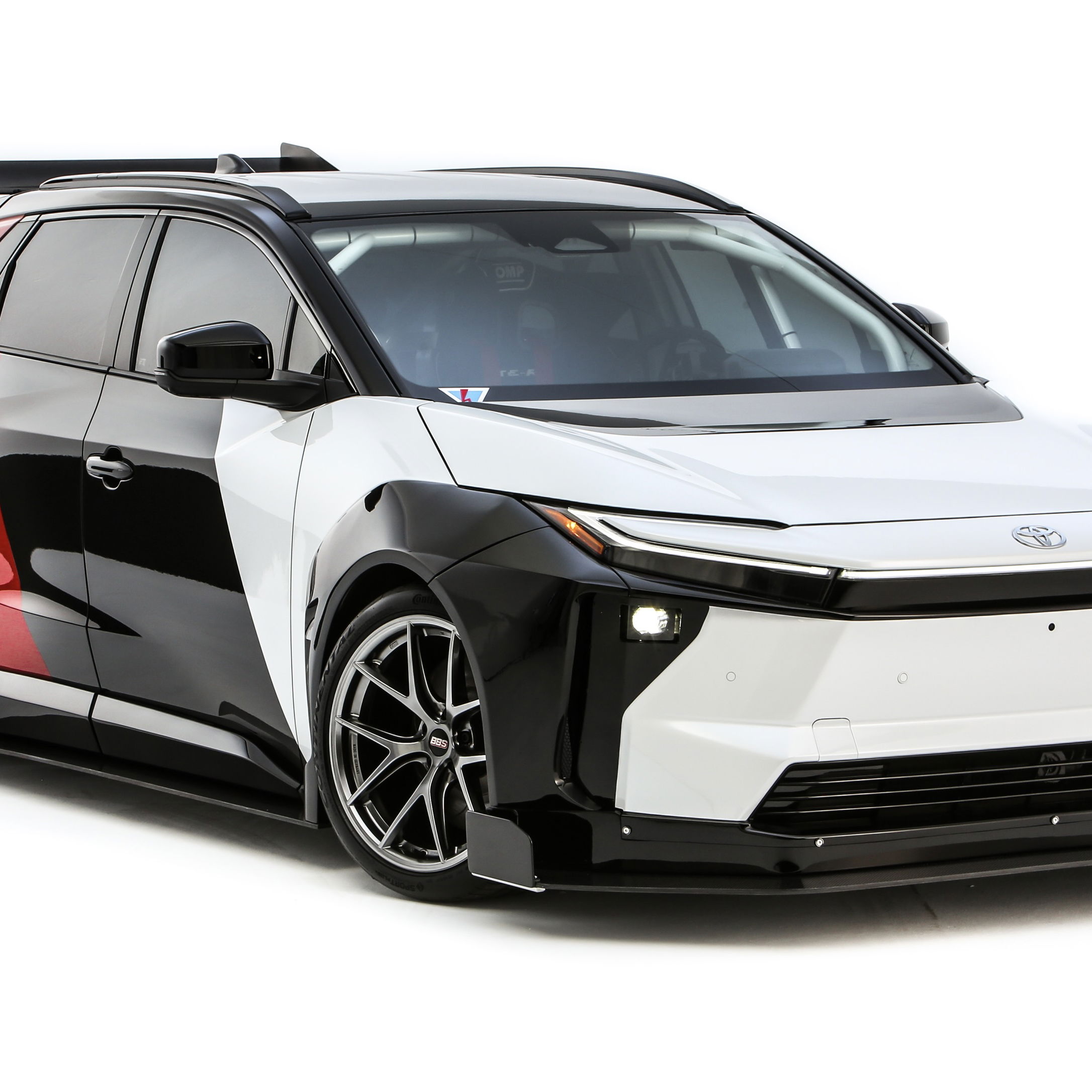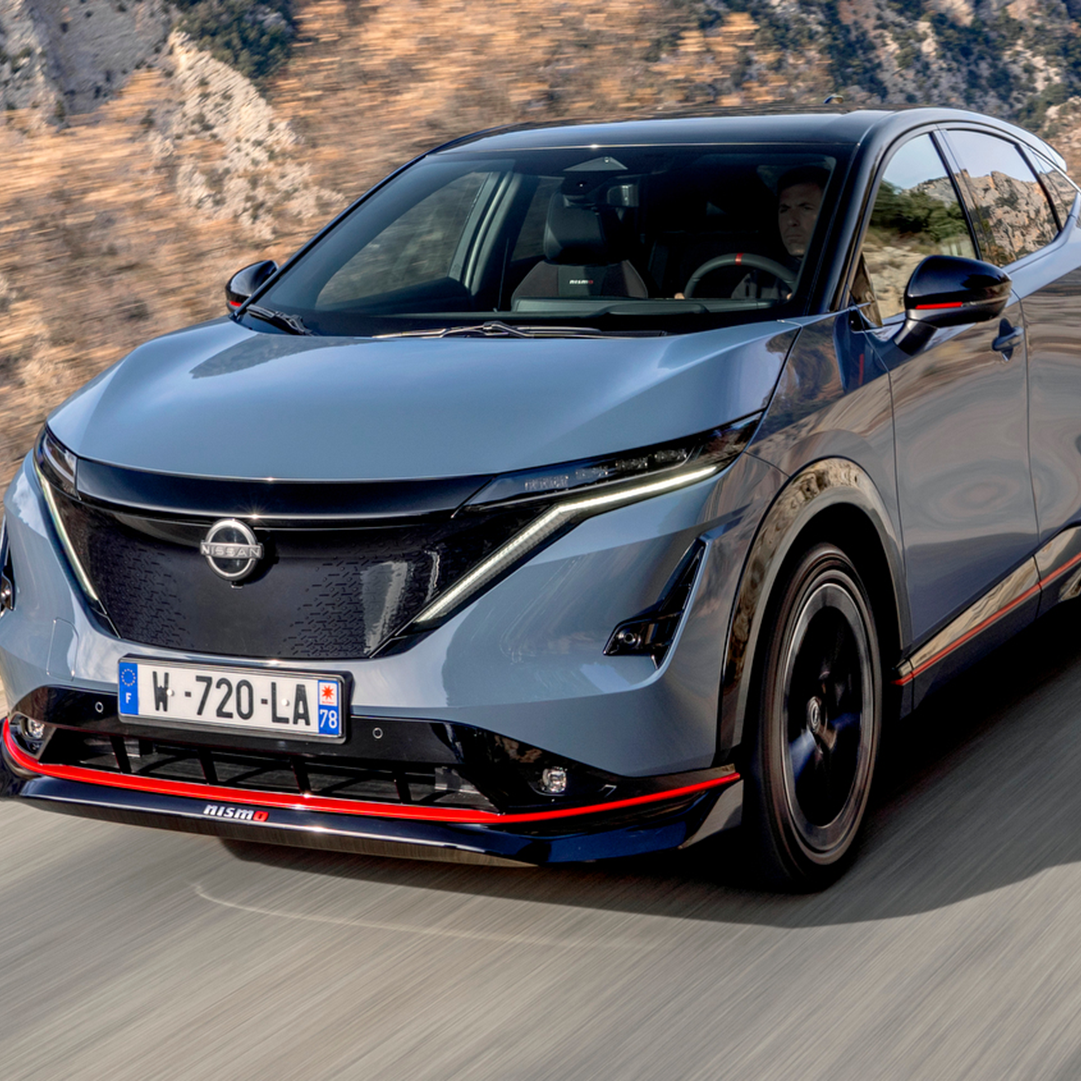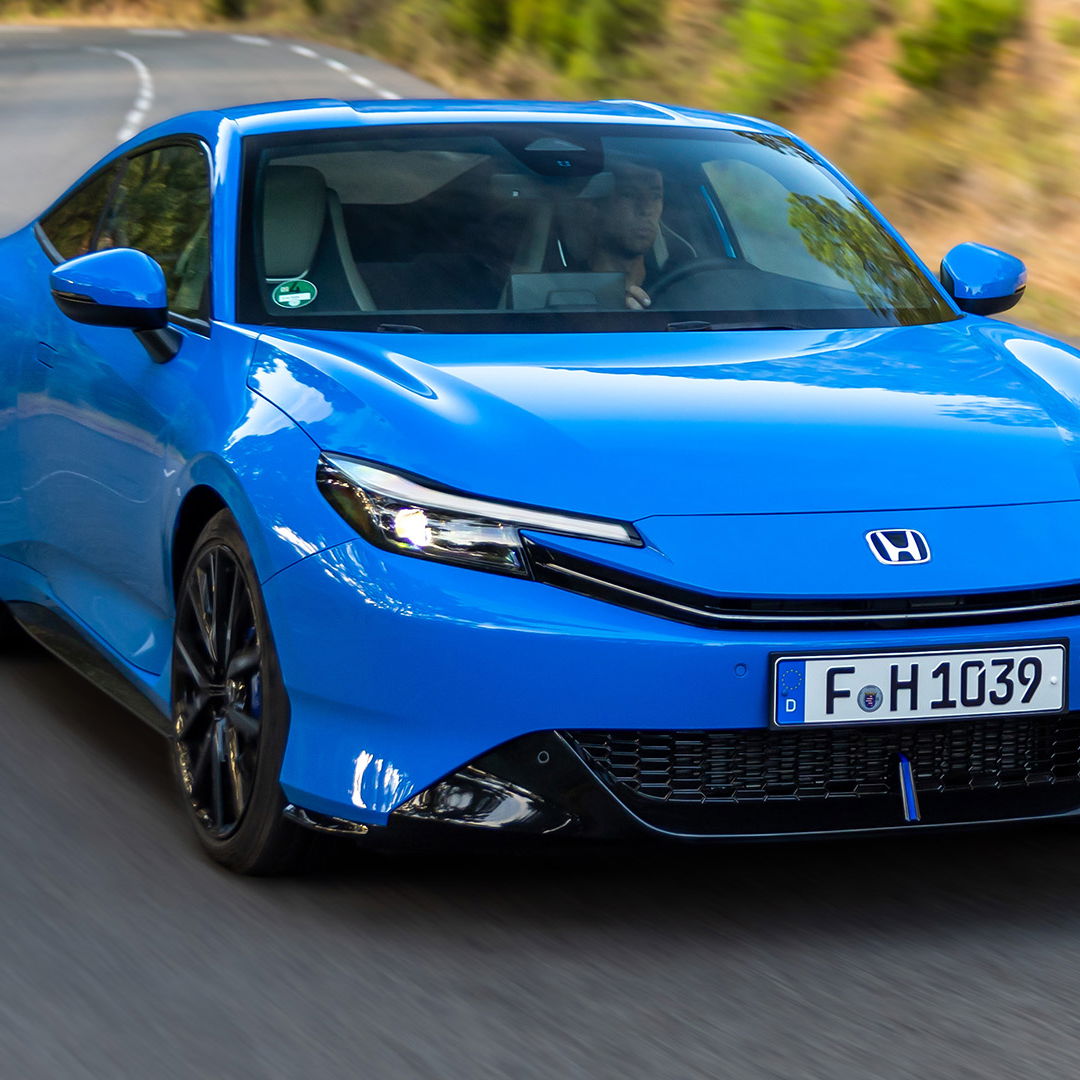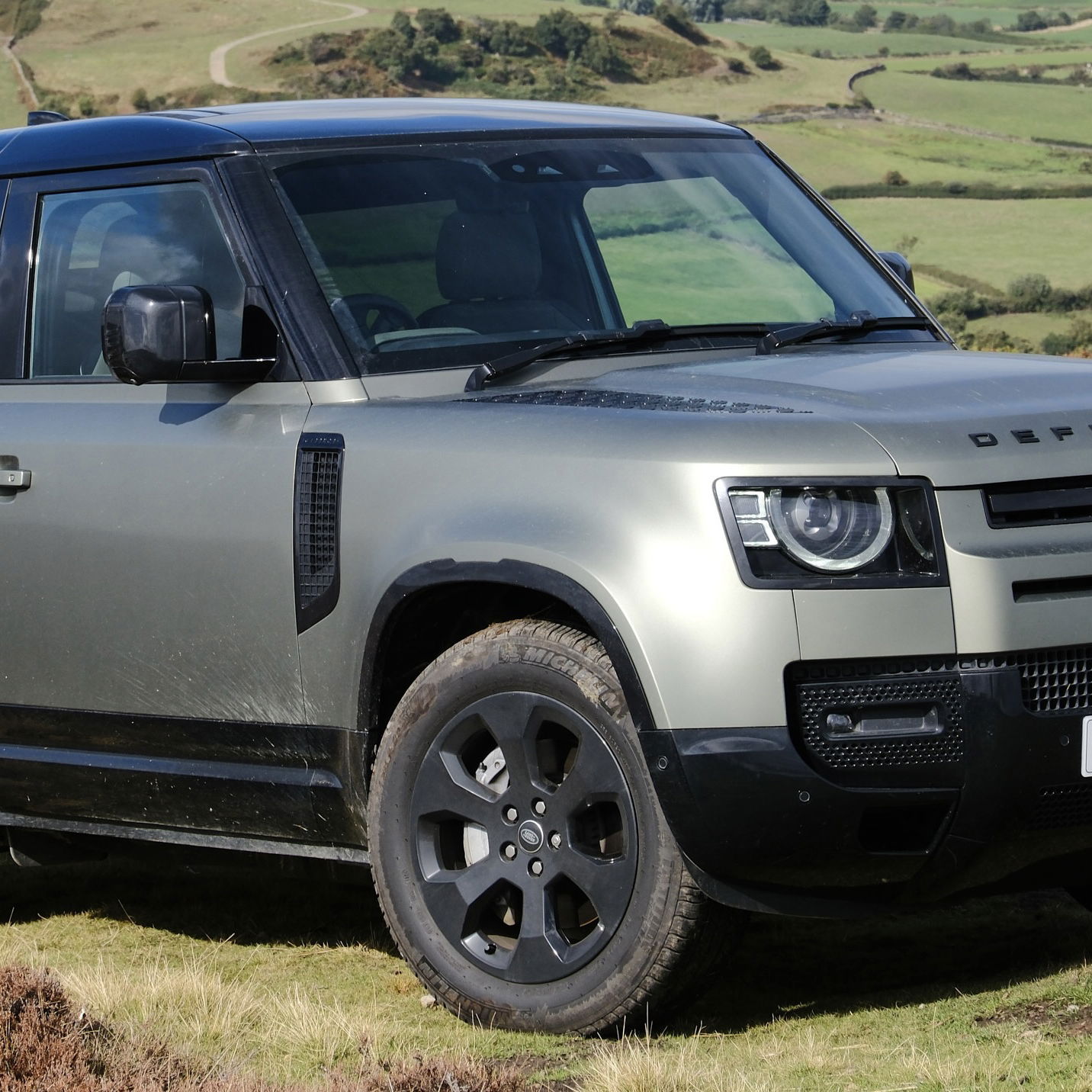Is torque more important than horsepower?
People talk about torque and horsepower all the time, and both numbers will be debated to death on car forums. But what exactly do they mean, and which one matters more?
What is torque?
Torque is a measure of the twisting force your engine provides. It is usually measured at the crank (unless you’re Elon Musk, in which case you measure it at the wheel to inflate your numbers and confuse everyone who isn’t Engineering Explained). The units are usually either lb-ft (a force of 1lb positioned 1ft from the crank) or Nm (a force of 1N positioned 1m from the crank).
A car will usually give a peak torque figure. This is the most torque that an engine will provide at any point during its rev range. Usually it will say at what RPM this torque figure is reached, or sometimes it will show a range. At other RPMs, the torque produced will be lower than the advertised figure. Remember this fact.
What is horsepower?
Horsepower is torque times RPM (times a constant - the number depends on what units you’re using). This is a measure of how much work your engine does in a certain amount of time. One horsepower is about 745 watts, or if you’d rather think of it in real terms, roughly the power needed to lift an average person 1 metre in 1 second. Once again, most manufacturers will quote a peak power figure which will only apply at a certain RPM.
Does torque equal acceleration?
Consider the following two engines:
- Engine 1: 300hp @4000 RPM, 500lb-ft @1500 RPM
- Engine 2: 300hp @8000 RPM, 250lb-ft @3000 RPM
Which engine will make a car accelerate quicker?
The answer is that they are both the same if you allow different gear ratios. If you apply a 2:1 gear reduction to Engine 2, you halve all RPMs, double all torques and leave horsepower the same (since doubling something then halving something does nothing). Which gives you exactly the same stats as Engine 1.
The moral of the story is that RPM matters just as much as torque, since horsepower (and ultimately how much work the engine can do in a certain amount of time) is a function of both.
What does torque actually mean?
Let’s consider another three engines:
- Engine 1: 300hp @6000 RPM, 290lb-ft @2500 RPM
- Engine 2: 300hp @6000 RPM, 390lb-ft @2500 RPM
- Engine 3: 300hp @ 6000 RPM, 290lb-ft @4500 RPM
Both have the same amount of power and the same peak RPM, so at 6000 RPM, they will all perform the same. But the torques are different!
Now let’s take a look at the power/torque graphs:
The torque curve doesn’t really matter all that much because it can be easily influenced by gearing. Horsepower is not changed by gearing, so focus on the power curve.
Engine 1 has a power curve that climbs roughly linearly because its torque curve is nearly flat. However, Engine 2 has more torque at lower RPMs, so its power curve is bulged upwards. Engine 3 has the same peak torque as Engine 2, but at a higher RPM. In the lower RPMs it has less torque so it delivers less power down there.
None of this really matters if you’re constantly near redline because they all produce the same power there. But most people don’t drive like that [citation needed], so they want power even when they put their foot down when cruising at 2000 RPM in order to overtake. Engine 2 has noticeably more power at that RPM so it will pull off the overtake quickest.
So in general, the larger the torque figure and the lower the quoted RPM, the broader the powerband and the more shove you’ll feel during “sensible” driving. Electric cars take this to the extreme since their peak torque figure is at 0 RPM.
Where numbers fall down
The problem with these power and torque figures is that they only give two snapshots of an engine at two very specific RPMs. What goes on in between is anyone’s guess. Take a look at these two engines. Both of them have the same headline specs as Engine 2, but different characteristics:
Both these engines perform exactly the same at 6000 RPM and at 2500 RPM. But at other RPMs, Engine 1 is way better. At 4000 RPM, Engine 1 is producing 294hp to Engine 2’s 207hp. Of course most engines will have a broadly similar power curve shape, but you have to be careful because some technologies (hybrids, forced induction, VTEC etc) can distort the torque curve considerably.
The moral here? Look at the whole torque/power curve, not just the headline numbers.
In short
- Horsepower is the best measure of both acceleration and top speed (assuming weight, grip, drag and everything else is the same).
- Torque doesn’t mean much without an RPM figure or range.
- More torque and lower peak-torque RPM usually means more low-end push which makes for a better daily-driver.
- However, headline numbers don’t tell the whole story.
Thanks for reading! Any feedback much appreciated!
This content was originally posted by a Car Throttle user on our Community platform and was not commissioned or created by the CT editorial team.












Comments
This is really good and I need to bookmark it for later when I have an argument to win with friends
This is interesting
I could care less about HP really. If you have a good torque curve and a good RPM range the HP falls into place. That’s why I like engines like the VW AAZ. It can rev higher than the TDIs and they make really, REALLY good torque for a 1.9l.
(unless you’re Elon Musk, in which case you measure it at the wheel to inflate your numbers and confuse everyone who isn’t Engineering Explained). < This I like.
It’s finally nice to see a well-pieced together explanation on how these 2 function in comparison and faint contrast with one another. Admittedly parts of this I wasn’t aware of before reading. Thanks for the enlightenment
Horsepower defines how fast you hit the wall.
Torque defines how far you take the wall with you.
Great writeup! I’d say extreme cases of “Engine 2” with lots of low end torque perhaps isn’t always desirable - especially with RWD. You can end up with a situation where the rear tyres are easily overwhelmed at low rpms yet once the car’s moving the torque is dropping off rapidly as per the graph. Personally I’d take “Engine 1” with a flatter torque curve as you can always drop a cog if available traction allows. This is pretty much the reason a 911 GT3 can remain RWD (NA - relatively flat curve) and the “Turbo” (proper one) would never work as well without AWD.
Surprised its not a honda
Pagination